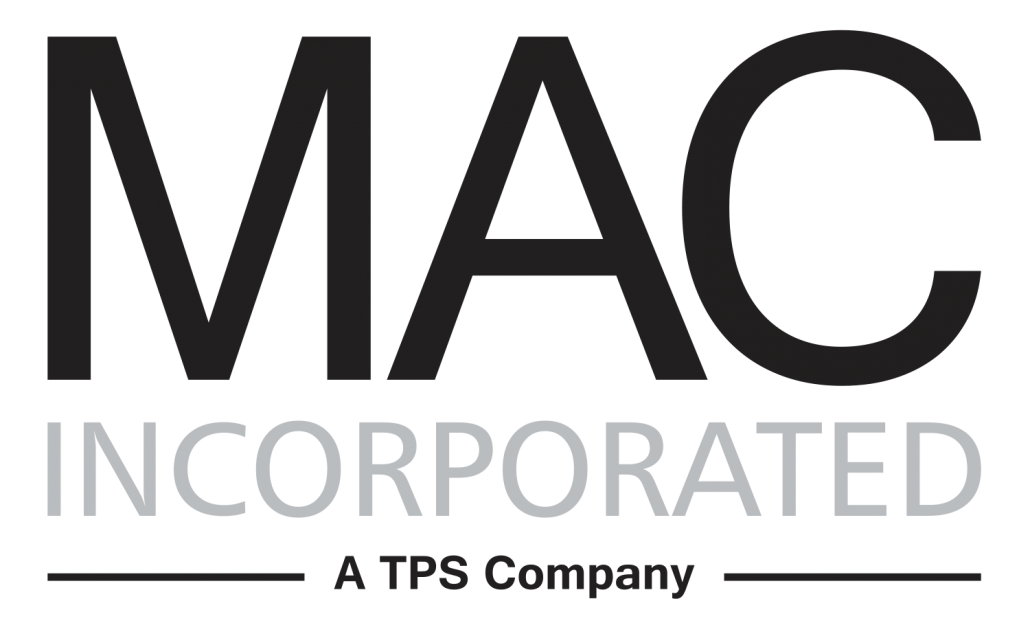Preparing for the Heat: What the Heat Index Can Teach Employees
For many, working outdoors is a dream come true, but it can be dangerous in the summer when temperatures heat up. Having a solid grasp of the heat index can help employees stay in control of their health.
Defined by the Occupational Safety and Health Administration (OSHA) as a single value that encompasses both temperature and humidity, the heat index is considered a better gauge of the weather than air temperature alone.
Heat illness can come on quickly, and many workers don’t realize it’s happening until it’s too late. The heat index can help with this problem by educating employees on the different risk levels and highlighting protective measures that must be taken at each stage.
4 Levels of the Heat Index
1. Lower
Described by OSHA as a heat index of less than 91 degrees Fahrenheit, the lowest level is mostly cautionary. Drinking water should be provided, adequate medical services need to be available, people should be wearing sunscreen, and employees should undergo heat safety training to make sure they’re prepared for more extreme temperatures.
Workers required to wear heavy clothing, perform strenuous tasks and/or work in direct sun are an exception to the rule. Since these factors put them at a higher risk, additional precautions must be taken to keep them safe.
2. Moderate
When temperatures on the heat index fall between 91 degrees and 103 degrees Fahrenheit, workers are at moderate risk for heat illness. All safeguards above must be followed, as well as several additional measures. Workers must be urged to drink at least four cups of water per hour, given frequent breaks in a shaded area and put under a buddy system to help ensure no heat sickness goes undetected. Those new to working in the heat should be slowly acclimatized and employers need to educate workers on ways to recognize and prevent heat-related illness.
3. High
Heat index temperatures between 103 degrees and 115 degrees Fahrenheit are considered high-risk. All steps above should be followed, but even more precautions must be taken, as these outdoor conditions can be very dangerous. Under these circumstances, physical exertion should be limited, cooling techniques must be used and work activities need be shifted to keep people safe. Make sure someone who has been trained to spot heat-related illness is on site and carefully monitoring the situation.
4. Very High to Extreme
Extreme precautions must be taken when heat index temperatures rise above 115 degrees Fahrenheit. All non-essential activities should be rescheduled and those that must be completed should be accomplished during the coolest part of the shift. Employers may need to adjust start times or split shifts to get work done without putting workers at risk. Under no circumstances should strenuous tasks and those requiring heavy, non-breathable clothing or impermeable chemical protective gear be conducted in these temperatures.
Bookmark the MAC Incorporated blog to keep the latest from OSHA on your radar. Our niche-based staffing firm strongly believes worker safety always comes first. Contact us today to connect with top engineering, maintenance and operations management professionals who value safety as much as you do.

